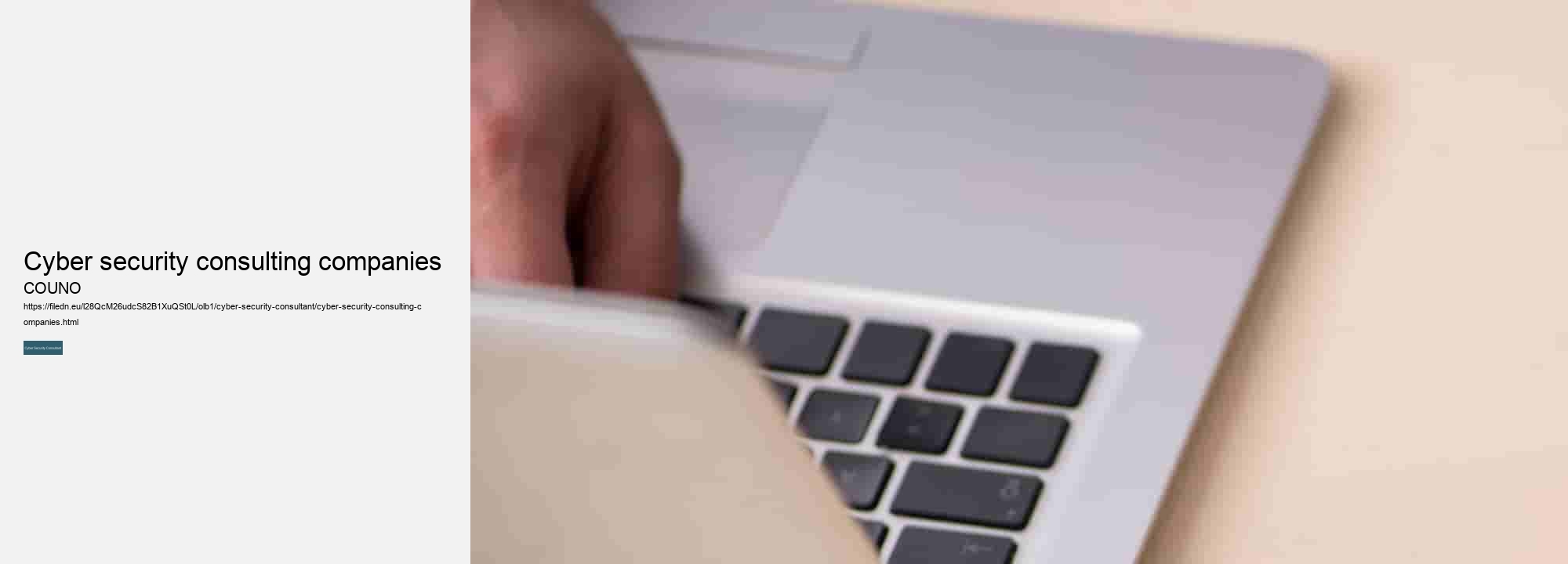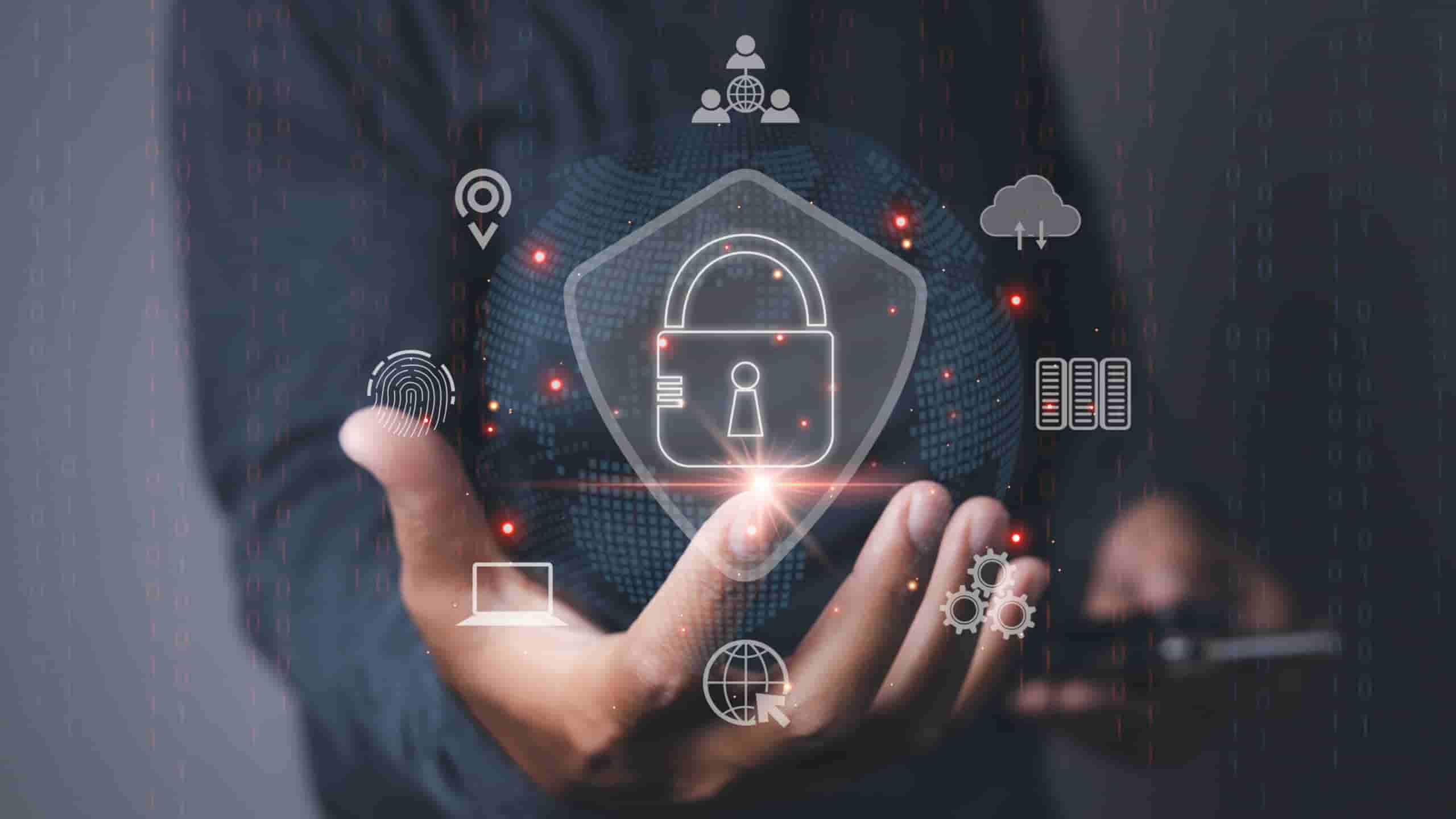

It forms an essential part of any comprehensive cyber security strategy and should be implemented across all levels of an organization's infrastructure. By employing strong encryption algorithms and best practices, businesses can enhance their defenses against potential attacks and protect themselves from costly breaches. In conclusion, encryption plays a critical role in maintaining cyber security by securing communications, protecting data at rest, authenticating users, and ensuring the integrity of electronic transactions. As technology continues to advance and threats evolve, encryption remains a fundamental component in safeguarding our digital world against malicious actors.
What is a cyber attack and how can organizations protect against them? A cyber attack refers to a malicious attempt by individuals or organizations to disrupt, damage, or gain unauthorized access to computer systems, networks, or digital devices. These attacks can take many forms, including malware infections, phishing scams, denial of service attacks, and ransomware.
The consequences of a successful cyber attack can be severe, resulting in financial losses, reputational damage, legal implications, and potential disruption of business operations. To protect against cyber attacks, organizations must implement robust cybersecurity measures and best practices. One key aspect of cybersecurity is ensuring that all software and systems are regularly updated with the latest security patches to prevent vulnerabilities that hackers could exploit.
Educating employees about cybersecurity risks and promoting good online hygiene practices is also crucial in preventing cyber attacks. This includes training staff on how to recognize phishing emails or suspicious websites and encouraging them to use strong passwords and multi-factor authentication techniques. Furthermore, implementing data encryption protocols can help safeguard sensitive information from unauthorized access during transit or storage.
Regularly backing up critical data in secure offsite locations can also mitigate the impact of ransomware attacks by allowing organizations to restore their systems quickly without paying the ransom. Collaborating with cybersecurity experts or hiring dedicated professionals to conduct regular security assessments and penetration testing can help identify potential weaknesses in an organization's defenses before they are exploited by malicious actors. Ultimately, protecting against cyber attacks requires a proactive approach that involves continuous monitoring of network traffic for unusual activities or anomalies. By staying vigilant and adopting a comprehensive cybersecurity strategy tailored to their specific needs and risk profile, organizations can significantly reduce the likelihood of falling victim to cyber threats. What is the difference between ransomware, malware, and phishing attacks? Ransomware, malware, and phishing attacks are all types of cyber threats that can wreak havoc on individuals and organizations alike.
Ransomware is a type of malicious software that encrypts the victim's files or locks them out of their system until a ransom is paid. This form of attack is often financially motivated, as cybercriminals seek to extort money from their victims in exchange for restoring access to their data. Ransomware attacks can be devastating for businesses, causing downtime, financial losses, and damage to reputation. Malware, on the other hand, is a broad term that encompasses any type of malicious software designed to infiltrate a computer system without the user's consent. Malware can take many forms, including viruses, worms, trojans, and spyware.
Unlike ransomware, which typically demands payment from the victim, malware may be used for a variety of purposes such as stealing sensitive information, disrupting operations, or gaining unauthorized access to systems. Phishing attacks involve tricking individuals into divulging sensitive information such as passwords or credit card numbers by posing as a legitimate entity in electronic communication. Phishing emails often contain links to fake websites designed to capture personal data when users enter it. These attacks rely on social engineering tactics to manipulate victims into providing confidential information willingly. While all three types of attacks pose serious risks to cybersecurity, they each have distinct characteristics and methods of operation. Ransomware focuses on extorting money through encryption or data loss; malware seeks to infiltrate systems for various nefarious purposes; and phishing aims to deceive individuals into revealing sensitive information through fraudulent means.
Additionally training employees on how to recognize phishing attempts and other suspicious activities can help prevent successful cyberattacks before they occur. In conclusion, while ransomware malware and phishing attacks share common goals of compromising security integrity they differ in terms of execution methods targets impacts on victims. By understanding these distinctions implementing appropriate preventative measures we can better safeguard ourselves against the ever-evolving landscape of cyber threats. What is two-factor authentication and how does it enhance cyber security? Two-factor authentication is a security process that requires two forms of identification in order to grant access to an account or system.

This typically involves something you know (such as a password) and something you have (such as a mobile device or security token). By requiring both of these factors, two-factor authentication adds an extra layer of security to the login process, making it more difficult for unauthorized individuals to gain access to sensitive information. One of the key ways in which two-factor authentication enhances cyber security is by reducing the risk of unauthorized access due to stolen or weak passwords. Passwords are often the weakest link in any security system, as they can be easily guessed, cracked, or stolen through phishing attacks. However, when paired with another form of authentication such as a one-time code sent to a mobile device, even if a hacker manages to obtain someone's password, they would still need the second factor to gain access.
With traditional single-factor authentication methods, once an attacker has obtained someone's credentials, they can easily impersonate them and carry out malicious activities undetected. By requiring a second factor for verification, even if someone's password is compromised, the attacker would not be able to log in without also having access to the additional factor. Furthermore, two-factor authentication can also help prevent unauthorized access in cases where physical devices are lost or stolen. For example, if someone loses their laptop containing their saved passwords but has two-factor authentication enabled on their accounts, the thief would still need the second factor (such as a fingerprint scan or SMS code) in order to access any sensitive information.
In conclusion, two-factor authentication plays a crucial role in enhancing cyber security by adding an extra layer of protection against unauthorized access and identity theft. It helps mitigate the risks associated with weak passwords and stolen credentials while also providing added security in case of lost or stolen devices. Implementing two-factor authentication is a simple yet effective way for individuals and organizations to strengthen their overall security posture and protect valuable data from cyber threats. What is the best practice for creating strong passwords to improve cyber security? Creating strong passwords is an essential step in improving cyber security and protecting your sensitive information from hackers and cyber criminals.
The best practice for creating strong passwords involves using a combination of letters, numbers, and special characters, as well as avoiding common words or phrases that can be easily guessed. It is also important to use different passwords for each of your accounts, rather than using the same password across multiple platforms. One effective strategy for creating strong passwords is to use a passphrase instead of a single word. A passphrase is a series of random words strung together with spaces or special characters, making it much harder for hackers to guess or crack.
Another important aspect of creating strong passwords is regularly updating them and changing them every few months. This helps prevent hackers from gaining access to your accounts through old or compromised passwords. Additionally, enabling two-factor authentication adds an extra layer of security by requiring a second form of verification before granting access to your accounts. In conclusion, creating strong passwords is an essential step in improving cyber security and protecting your personal information online.

By following best practices such as using complex passphrases, avoiding common words or patterns, and regularly updating your passwords, you can significantly reduce the risk of falling victim to cyber attacks. Remember that the effort you put into creating strong passwords now can save you from potential headaches and financial losses in the future. What is the impact of data breaches on individuals and businesses in terms of cyber security? In today's digital age, data breaches have become a growing concern for individuals and businesses alike. The impact of these breaches on cybersecurity cannot be overstated, as they can have far-reaching consequences that affect not only the victim but also those connected to them. For individuals, the fallout from a data breach can be devastating.
In addition to the immediate financial implications, victims may also suffer from long-term reputational damage as their personal information is used by cybercriminals for malicious purposes. Businesses are also heavily impacted by data breaches in terms of cybersecurity. Beyond the financial costs associated with investigating and mitigating the breach, companies may face legal repercussions if they fail to adequately protect their customers' data. Furthermore, a breach can erode customer trust in the brand, leading to a loss of business and damaged reputation. The ripple effect of data breaches extends beyond just the individuals and businesses directly affected.
This interconnectedness highlights the importance of robust cybersecurity measures not just for individual organizations but for society as a whole. In conclusion, data breaches have a profound impact on both individuals and businesses in terms of cybersecurity. The threat posed by cybercriminals is ever-evolving, making it essential for all stakeholders to remain vigilant in safeguarding sensitive information. By investing in proactive cybersecurity measures and adopting best practices, we can collectively mitigate the risks associated with data breaches and protect ourselves against future threats. What is the significance of regular software updates in preventing cyber threats?
First and foremost, updates often contain patches for security vulnerabilities that have been identified by the software developer or security experts. By installing these updates promptly, users can effectively protect their devices from potential attacks exploiting these vulnerabilities. In addition to addressing known security flaws, regular software updates also help to stay ahead of emerging cyber threats. Cybercriminals are constantly evolving their tactics and finding new ways to exploit weaknesses in software systems. By keeping your software up-to-date, you are ensuring that you have the latest defenses against these evolving threats.
Furthermore, regular updates can also improve the overall performance and functionality of your software. Developers frequently release updates to fix bugs, enhance features, and optimize performance. By staying current with these improvements, you can ensure that your software is running smoothly and efficiently. Another important aspect of regular software updates is compliance with industry standards and regulations. Many industries have specific requirements for data security and protection measures that must be met in order to maintain compliance. Regularly updating your software is often a key component of meeting these standards and avoiding potential penalties or legal issues.
By staying proactive about keeping your software up-to-date, you can significantly reduce the risk of falling victim to cyber attacks and maintain a secure digital environment for yourself and others. What is the future outlook for advancements in cyber security technology? In today's fast-paced digital world, advancements in cyber security technology are more important than ever. With the increasing number of cyber attacks and data breaches, businesses and individuals alike are looking for innovative solutions to protect their sensitive information from malicious actors. The future outlook for advancements in cyber security technology is promising.
In response, cyber security experts are constantly developing new tools and techniques to stay one step ahead of these threats. One area that shows great potential for growth is artificial intelligence (AI) and machine learning. These technologies have the ability to analyze vast amounts of data in real-time, allowing organizations to detect and respond to threats faster than ever before. AI can also be used to automate routine tasks, freeing up human analysts to focus on more complex issues. Another exciting development is the rise of quantum computing.

Businesses need Cyber Security Consulting services to protect sensitive data, ensure compliance with regulations, and safeguard their systems against cyber attacks.
The process usually involves initial consultations, vulnerability scanning, risk assessment, reporting findings, and recommending mitigation strategies.
A Cyber Security Consultant should have a strong background in IT, certifications like CISSP or CISM, and experience in security risk assessment and mitigation.